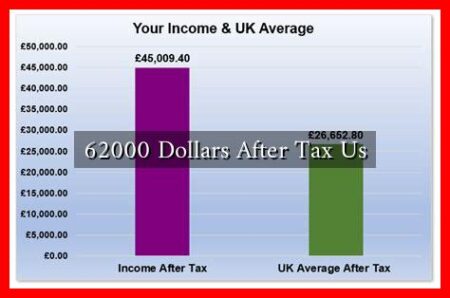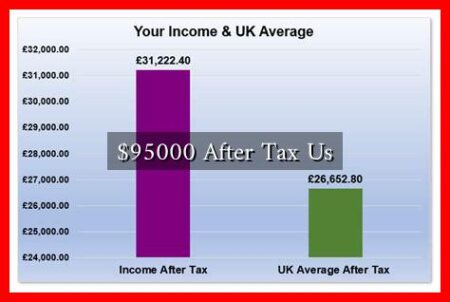-
Table of Contents
Understanding Corporate Tax in the United States
Corporate tax is a critical component of the U.S. tax system, influencing business decisions, economic growth, and government revenue. This article delves into the intricacies of corporate tax in the United States, exploring its structure, implications, and recent changes that have shaped the landscape for businesses.
The Structure of Corporate Tax in the U.S.
In the United States, corporate tax is levied on the profits of corporations. The federal corporate tax rate has undergone significant changes over the years, with the Tax Cuts and Jobs Act (TCJA) of 2017 being a pivotal moment in this evolution.
- Federal Corporate Tax Rate: The TCJA reduced the federal corporate tax rate from 35% to 21%, making the U.S. rate more competitive globally.
- State Corporate Taxes: In addition to federal taxes, corporations must also pay state taxes, which vary significantly. For instance, California has a corporate tax rate of 8.84%, while North Carolina’s rate is 2.5%.
- Alternative Minimum Tax (AMT): The TCJA eliminated the corporate AMT, which previously ensured that corporations paid a minimum level of tax regardless of deductions and credits.
Implications of Corporate Tax Rates
The corporate tax rate has profound implications for businesses and the economy. A lower tax rate can encourage investment and expansion, while a higher rate may deter growth. Here are some key implications:
- Investment Decisions: Corporations often consider tax rates when making investment decisions. A lower tax burden can lead to increased capital expenditures and job creation.
- Global Competitiveness: The U.S. corporate tax rate was among the highest in the world before the TCJA. The reduction aimed to attract foreign investment and prevent U.S. companies from relocating to countries with lower tax rates.
- Tax Planning Strategies: Corporations engage in tax planning to minimize their tax liabilities. This includes utilizing deductions, credits, and international tax strategies.
Case Studies: Corporate Tax in Action
To illustrate the impact of corporate tax, consider the following case studies:
- Apple Inc.: Apple has been scrutinized for its tax practices, particularly its use of offshore subsidiaries to minimize tax liabilities. In 2020, Apple reported a global effective tax rate of 14.4%, significantly lower than the statutory rate.
- Amazon: Amazon has faced criticism for paying little to no federal income tax in recent years, despite substantial profits. In 2020, the company reported $21.3 billion in profits but paid only $1.3 billion in federal taxes, highlighting the complexities of corporate tax strategies.
Recent Developments and Future Trends
As the economic landscape evolves, so too does corporate tax policy. Recent developments include:
- Proposals for Increased Taxation: Some lawmakers have proposed increasing the corporate tax rate to fund infrastructure and social programs. President Biden’s administration has suggested raising the rate to 28%.
- Global Minimum Tax: In 2021, the G7 nations agreed to a framework for a global minimum corporate tax rate of 15%, aimed at curbing tax avoidance by multinational corporations.
- Focus on ESG Factors: Environmental, social, and governance (ESG) factors are becoming increasingly important in corporate tax discussions, with stakeholders demanding greater transparency and accountability.
Conclusion
Corporate tax in the United States is a complex and evolving subject that significantly impacts businesses and the economy. The reduction in the federal corporate tax rate under the TCJA has made the U.S. more competitive globally, but it has also raised questions about fairness and revenue generation. As policymakers consider future changes, including potential increases in the corporate tax rate and the implementation of a global minimum tax, businesses must remain agile and informed. Understanding the nuances of corporate tax is essential for navigating the challenges and opportunities that lie ahead.
For more information on corporate tax policies and their implications, you can visit the IRS website.


